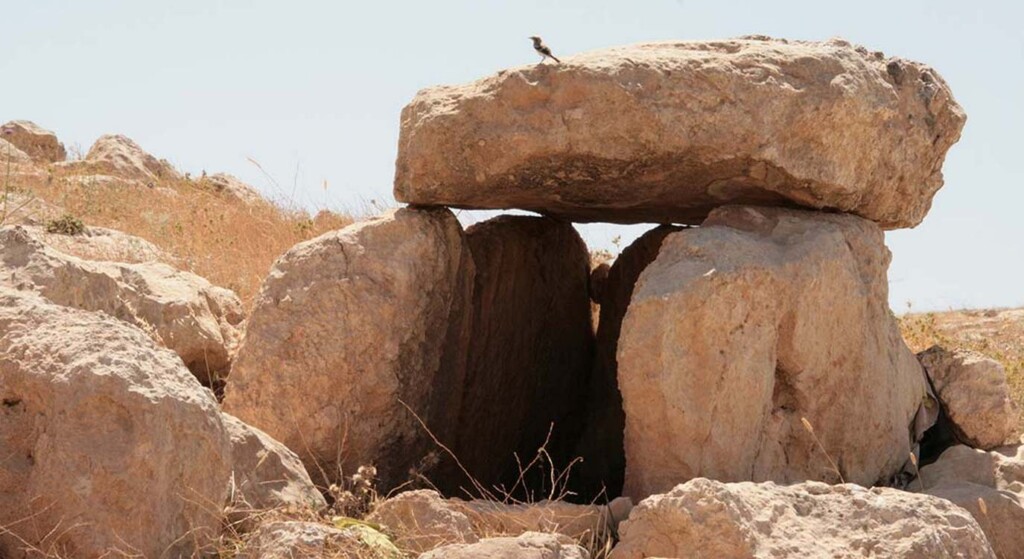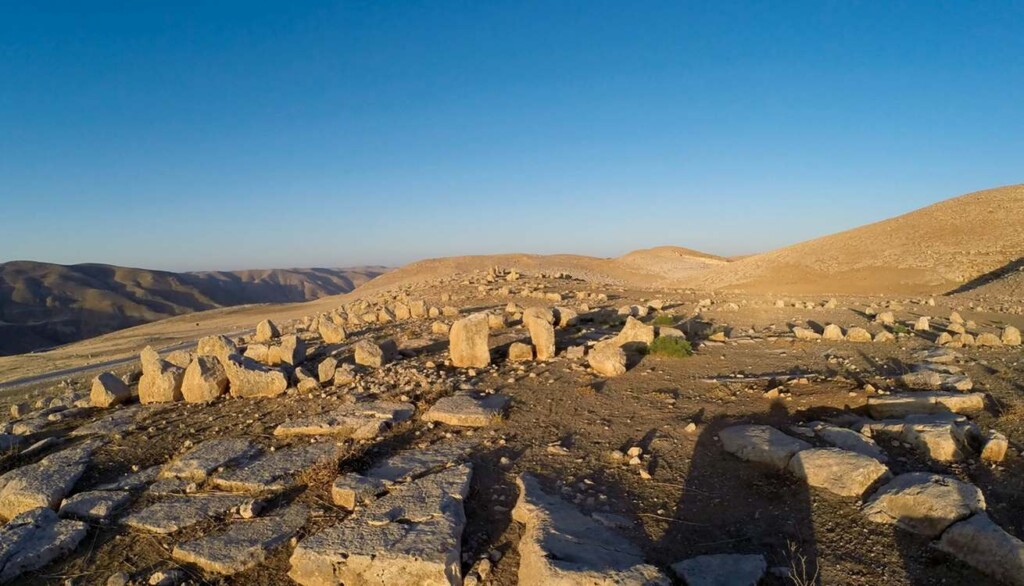Archaeologists Uncover 5,500-Year-Old ‘Ritual Landscape’ In Jordan

During the dawning years of civilization, a landscape in what is today Jordan was undergoing a transformation from an agricultural, residential one to a ritualistic one with an intense focus on the afterlife and communal events.
This is described in a paper that debuts the discovery of a series of ancient ritual structures, including standing stones, burial tombs called dolmens, and megalithic buildings that point to a reorganization of society towards the intangible and away from the tangible.
Located largely on a plateau, around 120 miles away from the capital of Aqaba, the site of Murayghat has been under excavation by archaeologists from the University of Copenhagen for the last 11 years.
It emerged after the decline of a truly Stone Age culture designated the Chalcolithic, which exited between 4,500 and 3,500 BCE, a period known for its domestic settlements, rich symbolic traditions, copper artifacts, and small cultic shrines.
In this era of pastoral quietude, that rich symbolism was nevertheless confined to the household level, as the small size of the shrines and the ritual objects like ivory-carved figurines suggest.
But around that later date, signs of a world in crisis abound in the archaeological record. Environmental data suggest the climate may have turned drier for a few hundred years. The symbolic Chalcolithic language, expressed in metal objects, but also in pottery and stone, comes to an end. The production of copper ritual and status objects also comes to an end, indicating a potential breakdown in trade relations with whoever was exporting the metal.
The frequency with which burial grounds were disturbed and looted greatly increased during this period. It all speaks of a crisis, both in tangible aspects of society such as crop yield, as well as the intangible aspects—respect for the dead.

“People had to find mechanisms to deal with a situation in which the traditional values and patterns of behavior no longer worked,” the Copenhagen researchers wrote in their paper, published in the scientific journal Levant. “Thus, new ways to organize life (and death) had to be found, and found within a society with weak hierarchical structures, still dealing with a major disruption to everyday patterns of life.”
Their proposal, based on hundreds of finds and examinations of the megalithic architecture, is that de novo organization is exactly what happened.
Many of the structures built of large stones included neither hearth nor roof, making them unsuitable for habitation on the desert heights where winds blow frigid after dark. More than 95 dolmen remains have been documented by the archaeologists, and the central hilltop of the site contains stone-built enclosures and carved bedrock features that also suggest ceremonial use.
READ MORE ARCHAEOLOGY NEWS: Pair of Ancient Megalithic Tombs Identified That Date Back to ‘Polish Pyramid’ Builders
The pottery record sees personalized bowls replaced by large, communal bowls or storage vessels, and the other apparatus of feasting or craft replace the personalized copper trinkets and figurines of the earlier period.

Murayghat is perched atop a natural vantage point—a wadi—and if none of the buildings indicate an intention to stay, the archaeologists wonder if maybe it was a meeting place, where disparate groups gathered for feasting and other social activities. Seemingly large variations in building style, particularly among the dolmens, support the idea that different communities were bringing their designs with them.
THE ANCIENT NEAR EAST: Like Indiana Jones, Archaeologists Find a Tomb with a Grail Underneath the Treasury at Petra
“Murayghat gives us, we believe, fascinating new insights into how early societies coped with disruption by building monuments, redefining social roles, and creating new forms of community,” said project leader and archaeologist Susanne Kerner to the Univ. of Copenhagen press.
Many of these monuments were identified and surveyed for the first time in a modern context, and they include stunning examples of ancient stone work, such as the Hadjar al-Mansub, the largest standing stone at the site.






Please be good and do not spam. Thank you.